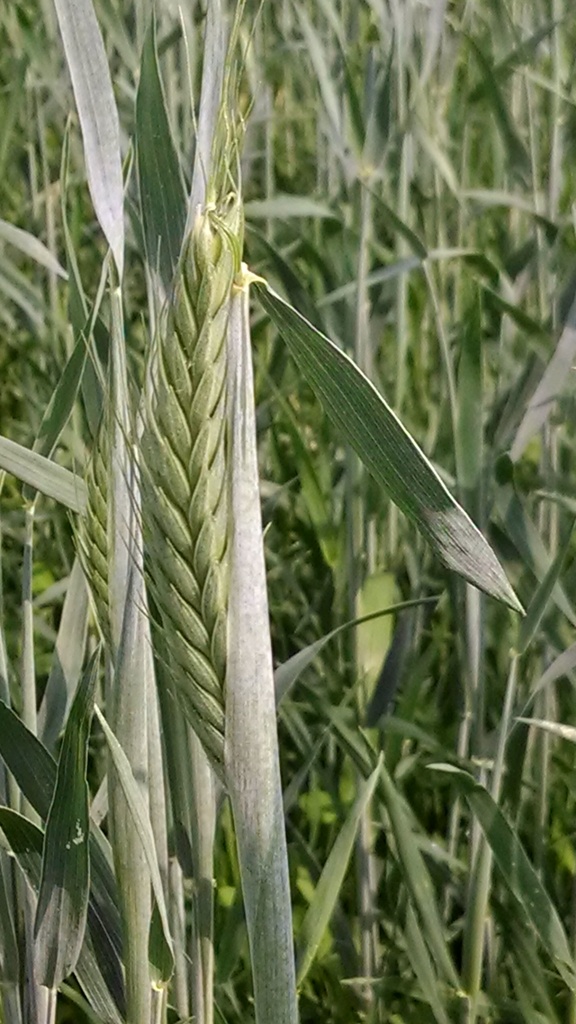There are multitudes of different small seeds you can plant on your farm, whether it is forage or cover crop. When you purchase seed from CISCO, there has been a lot of work put into choosing that product for you. It's not just something that we stock in our warehouse. Let’s look at the process involved in choosing seed for your farm.
Read MoreGrazing Cover Crops
Combing grazing with cover crops is like 1+1=3.
First, there is the benefit of the cover crop and manure for soil health. Nutrients are being cycled. Approximately 66% of the phosphorous and 90% of the potassium that is in a plant when grazed are returned to the soil in the form of manure
Read MoreNitrogen Release Timing for Cereal Rye and Hairy Vetch
by Jeremy Sweeten
Cover crops are known for producing and releasing nitrogen when terminated.
Below is a link to an article on research done in southern Illinois comparing the quantity and release timing of hairy vetch (a nitrogen producer) and cereal rye (a nitrogen scavenger). As a cover crop seed purchaser, it is important to know how to maximize the benefit of cover crops for the row crops.
Nitrogen is one the most expensive inputs for corn. If you are not doing so, consider letting cover crops provide some of the nitrogen for you.
Click here to read the full article.
One other very significant benefit you get from your cover crop is that of soil structure. In the video below, Abbey Wick from NDSU Extension Service demonstrates the benefit of cover crops (and their residue) on handling traffic in your field. The difference between cover crop soils and non-cover crop soils is astounding.
Harvesting Fall-Planted Grains for Optimal Quality
Harvesting fall-planted small grains in the spring can be very challenging because of the weather. If weather conditions permit, some very high-quality forage can be harvested.
Read MoreUsing Frosty Berseem Clover as a Transition Crop
If you are in a situation where you need to make hay in a transition year, Frosty may be a crop you might consider.
Read More